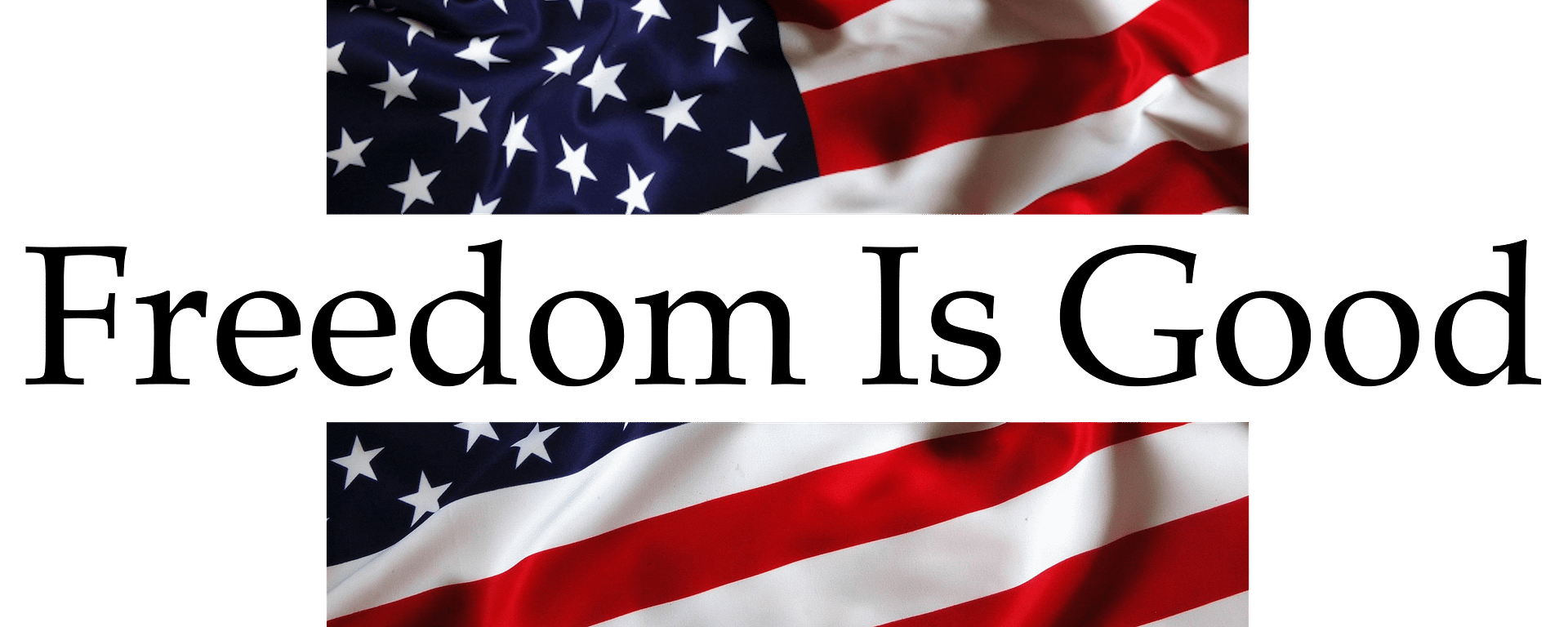“White Rural Rage” and Modern Catharism
“White Rural Rage” and Modern Catharism
by Craig Pirrong at Brownstone Institute

The “Cathars”–the target of (a) the first intra-Europe crusade (and arguably the first crusade period*) that resulted in the deaths of tens of thousands (often by fire) and the desolation of vast swathes of southern France, and (b) an inquisition that killed more–are a source of fascination and mystery. They left little of a written record, and most of that which is “known” about them was written by a Catholic Church that ruthlessly persecuted them as “heretics.” Thus, what their “heresies” actually were is unknown.
In his fascinating The Rest is History Podcast, historian Tom Holland conjectures that their heresies had nothing to do with dualism or celibacy or any of the other theological sins with which they were charged. Instead, the Cathars’ (not something they called themselves, by the way) crime was essentially that they were rustics who were not willing to conform with aggressive reforms adopted by the Catholic Church in the early-13th century.
In particular, they were in a way proto-Protestants who believed that salvation was not dependent on the intermediation of priests, bishops, archbishops, and Popes. One could become a “bon homme” destined for heaven by one’s own conduct and faith without priestly intermediation. This clashed with Pope Innocent III’s aggressive centralizing efforts to enforce the primacy of the priesthood and the formal church.
Put simply, this was a clash between self-governing rural traditionalists and an extremely assertive–and in fact murderous–bureaucratic government with universalist pretensions insistent on controlling the private and public lives of everyone.
Voltaire said that history does not repeat, but humans do. Viewing the current political landscape in the United States and Europe speaks to Voltaire’s veracity.
Case in point, the currently raging hysteria regarding “white rural rage” and “Christian nationalism” in the United States. Though the United States government has not–at least not yet–channeled its inner Innocent III and launched a murderous crusade against American rustics, the aforesaid hysteria echoes the Albigensian Crusade. (“Albegensian” was another epithet applied to the Cathars, and was a reference to Albi, France, which was a Cathar stronghold.)
Specifically, the heresy of non-urban Americans is that they fail to–refuse to–subordinate themselves to a zealous and distant bureaucracy, and who adhere instead to traditional beliefs about freedom, local control, and religious observance. Since those beliefs are inimical to a clerical class which arrogates to itself authority on all matters of belief, they are a threat to the establishment “elite” and must be crushed.
Hence the hysteria.
Although the Cathars resided in what is now France (though a “French” identity is an anachronism would have been alien to them), their experience rhymes with various events in American and British history in which rural peoples resisted centralizing government authority.
Case in point. The Hatfield-McCoy Feud of the 1880s-1890s was made into urbanist pornography–it was the subject of rapt and lurid coverage in big city dailies–in large part because it was a narrative that “othered” mountain people who resisted “progress” and attempted to maintain their autonomy. A major driver behind the legal consequences of the feud was that the Hatfields owned large tracts of timber and coal land coveted by large coal producers in particular.
(Timber–used in mine construction–was a vital resource. One of my Hatfield ancestors was a timber cutter for coal mines. The Coal Wars of the 1920s was an aftershock of the victory of the large mining companies.)
Also in the late-19th century, the propaganda war against moonshiners was also directed at people who insisted on traditional practices that clashed with the interests of a distant government. But it goes back further than that. The Whiskey Rebellion and the subsequent military campaign against it (led by George Washington and importantly Alexander Hamilton) similarly involved a conflict between rustics (for whom alcohol was an essential staple of commerce) and a central government grasping for revenues.
But it goes even further back, and farther ashore. The actions of the British government (and the more settled and urbanized Lowland Scots) against the Highland Scots in the 18th century were driven by similar forces and accompanied by similar pejorative narratives. (Cf. Rob Roy.). Ditto the centuries-long depredations of England (and then Great Britain) in Ireland.
In brief, the current moral panic in “elite” circles about rural (really non-urban) whites is yet another example of an ages-old struggle between an arrogant, centralizing “elite” power structure and those who would quite prefer to live outside it, thank you very much. Heresy now and then is non-conformity and refusal to take the knee before central authority.
That is, it is about control, control, control. Period. The current chapter in this very long-running saga is particularly Orwellian because the war against the rural Other is waged in the name of “democracy”–i.e., self-government–when in fact what the “elite” desires is antithetical to true self-government.
(It is also particularly disgusting because of its overt racism.)
Perhaps it is not coincidental that I am a (maternal) descendent of Hatfields, moonshiners, and Whiskey Rebels. For it is abundantly clear where my sympathies lie.
*The word “crusade” was not used in the 11th-12th centuries to describe the Christian campaigns in the Holy Land. Its first recorded usage was to describe the war waged on the Cathars.
Republished from Streetwise Professor
“White Rural Rage” and Modern Catharism
by Craig Pirrong at Brownstone Institute – Daily Economics, Policy, Public Health, Society
